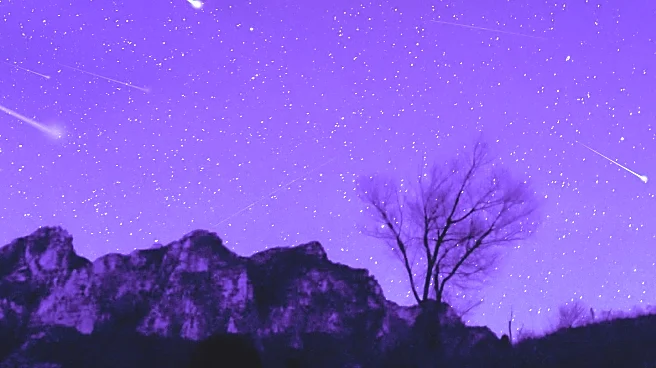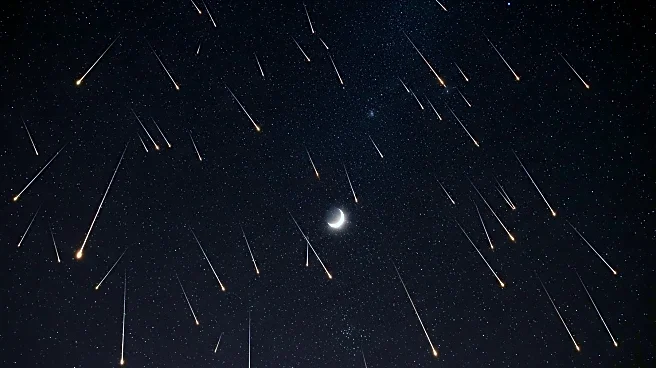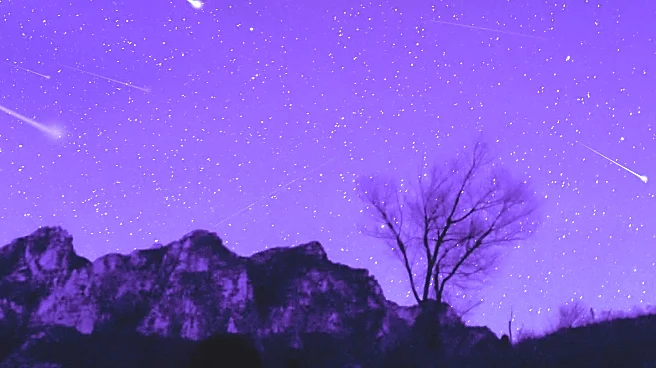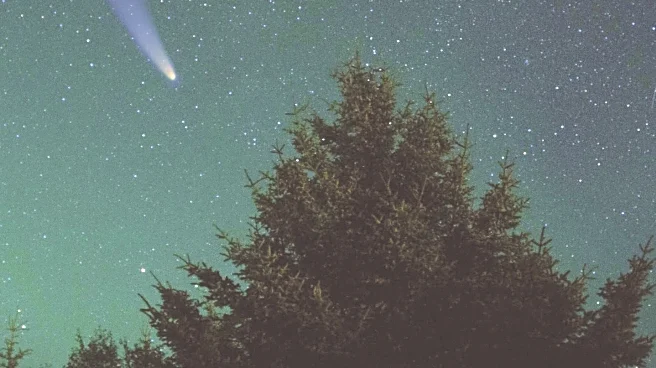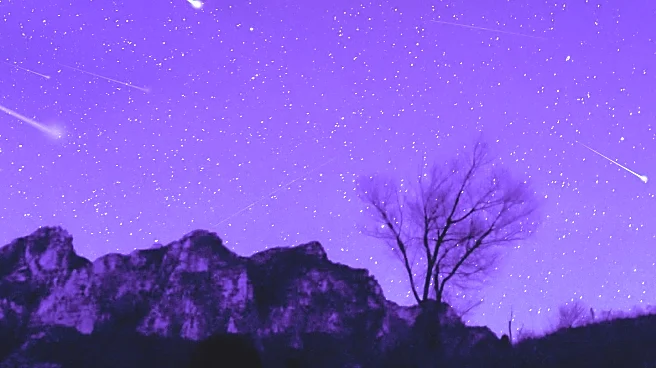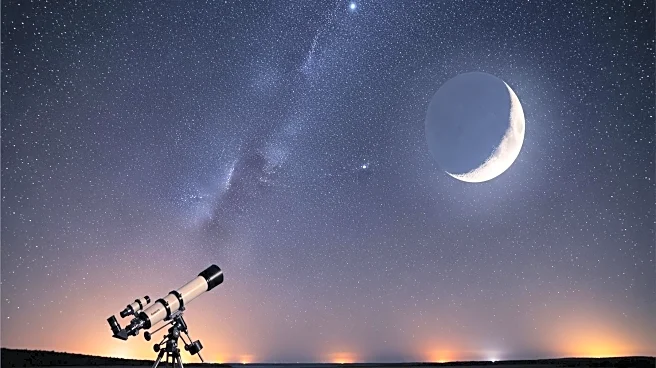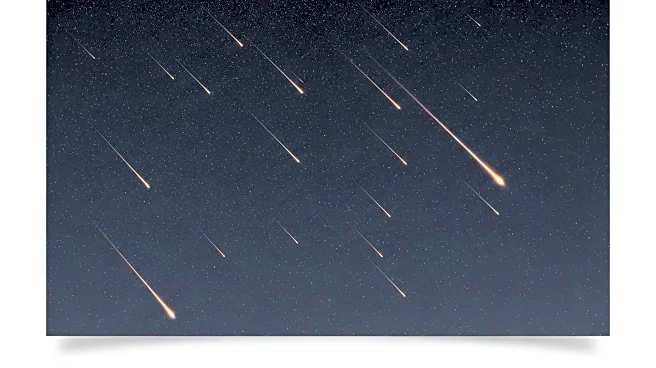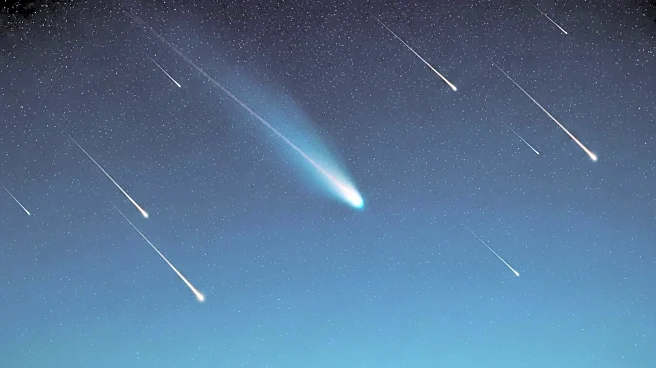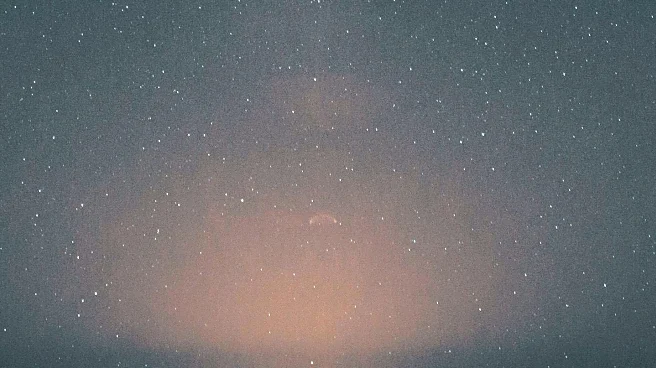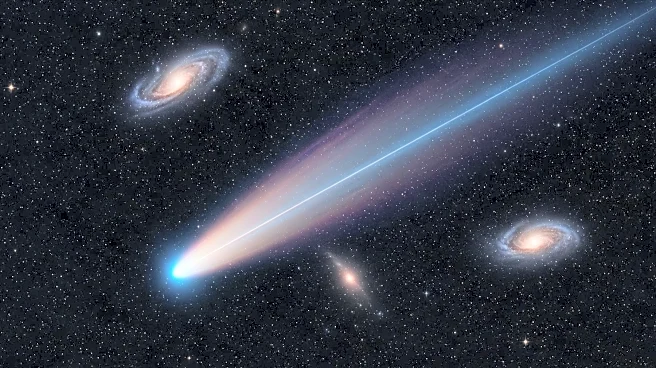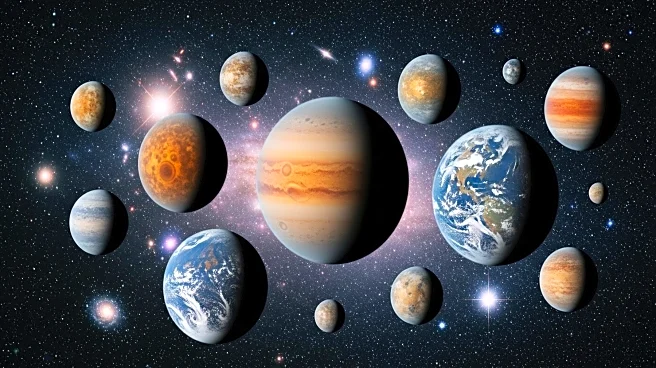What's Happening?
The Orionid Meteor Shower, an annual celestial event, is currently underway and is expected to peak later this month. According to the American Meteor Society, the shower began on October 2 and will reach its peak on October 20 and 21. The Orionids, originating from the tail of Halley's Comet, typically produce 10-20 meteors per hour, although exceptional years have seen rates comparable to the Perseids. The meteors are known for their speed and glowing trails, with the best viewing times being in the predawn hours of October 21. NASA suggests finding a dark location away from city lights for optimal viewing.
Why It's Important?
Meteor showers like the Orionids offer a unique opportunity for public engagement with astronomy and science. They can inspire interest in space exploration and the natural sciences, particularly among young people. The event also highlights the importance of preserving dark skies, free from light pollution, which is crucial for astronomical observations. Communities and local governments may be encouraged to implement measures to reduce light pollution, benefiting both scientific research and the environment.
What's Next?
As the peak approaches, enthusiasts and amateur astronomers are likely to organize viewing events and gatherings. Educational institutions may use the opportunity to conduct workshops or lectures on astronomy. The Orionid Meteor Shower could also lead to increased interest in upcoming celestial events, fostering a broader appreciation for space science.
Beyond the Headlines
The Orionid Meteor Shower underscores the interconnectedness of celestial phenomena and Earth's position in the solar system. It serves as a reminder of the historical significance of comets like Halley's Comet, which have been observed for centuries. The event may also prompt discussions on the long-term impacts of space debris and the importance of monitoring celestial objects.
